Dry Herb Storage: Preserving Potency and Plant Wisdom
Dry herb storage is more than a practical step, it’s a dedicated act of preservation. When we store herbs with intention, we honor their potency, protect their healing compounds, and extend their shelf life keeping them potent for months and years to come. Whether you’re new to herbalism or seasoned wildcrafter, understanding how to store dried herbs properly ensures your apothecary remains vibrant, safe, and energetically aligned. In this guide, we’ll explore the best methods for storing herbs to maintain their quality, aroma, and therapeutic power.
To preserve herbal potency we must address different risks of degradation: light, moisture, heat, and air exposure. So without further ado lets get into how to store herbs!
From Harvest to Storage: The Transition Phase
Before you even get to the storage of your herbs, first you need to make sure that they are dried properly and ready to be stored. For a full detailed guide to drying your herbs check out my post, Fresh to Dry Herb Conversion: Mastering Consistency in Herbal Formulations.
The drying process acts to concentrate the plant’s therapeutic compounds and stabilize their shelf life. Drying reduces moisture, which helps prevent microbial growth and ensures consistent potency across formulations. While roots and dense botanicals benefit most from drying, delicate flowers and aerial parts may retain more of their medicinal value when used fresh. However, to use them throughout the year, drying is essential.
Three primary drying methods offer flexibility depending on your scale and environment:
Air Drying: Gentle and energy-free, ideal for bulk herbs in low-humidity conditions.
Dehydrator Drying: Fast and precise, perfect for small-to-medium batches needing moisture control.
Oven Drying: A quick fallback for small batches, though it risks uneven results and flavor alteration.
Once herbs are fully crisp they’re ready for storage. At this stage, proper containment and environmental control become essential to preserve the potency you’ve worked so carefully to protect.
Choosing the Best Containers for Dry Herb Storage
When selecting containers for your herbal backstock, two factors are essential: material compatibility and seal integrity. The right container helps preserve potency, prevent contamination, and extend shelf life—especially for herbs rich in volatile oils or sensitive to environmental shifts.
Recommended Materials for Herbal Storage
Glass Jars: Glass is the gold standard for dry herb storage. It’s affordable, widely available, and compatible with all plant materials. Glass jars seal tightly, don’t react with herbal compounds, and allow for easy visual inspection.
Metal Tins: Metal tins offer a light-blocking advantage, which helps protect herbs from photodegradation. However, their airtightness depends on the lid design—some may allow airflow or moisture intrusion over time.
Food-Safe Silicone: Silicone containers can be useful for short-term storage or travel, but compatibility varies. Some herbs, especially those high in essential oils, may degrade silicone over time. Always test with small batches first.
Materials to Avoid: Why Plastic Is Problematic
Plastic containers are best avoided for herbal storage. Beyond aesthetics, plastic poses several risks:
Volatile oils can degrade plastic, leading to warping or melting and potential contamination.
Off-gassing from plastics may introduce unwanted chemicals into your herbs.
Static cling is common in plastic, making it frustrating to store powdered or ground herbs.
For long-term herbal potency and safety, choose containers that honor the plant’s chemistry and your apothecary’s integrity.
Creating the Ideal Environment for Herb Storage: Cool, Dark, and Dry
Environmental conditions play a crucial role in preserving the potency, aroma, and therapeutic value of dried herbs. Just as sunlight can burn our skin, it can also bleach, oxidize, and degrade the delicate medicinal compounds within plant material. To maintain herbal integrity, it’s essential to store dried herbs in a cool, dark, and dry environment.
Why Light Exposure Degrades Herbs
Direct sunlight accelerates the breakdown of volatile oils, flavonoids, and other bioactive compounds. Over time, this exposure can lead to faded color, diminished aroma, and reduced efficacy.
Best practice: Store herbs in opaque or tinted containers inside a closed cabinet, pantry, or drawer. If using clear glass jars, keep them in a shaded area or wrap them in cloth.
Managing Humidity: Preventing Mold and Spoilage
Humidity is another silent threat to herbal quality. Even after herbs are properly dried, they can reabsorb moisture from the air, especially in damp environments like basements or kitchens. This moisture invites mold, mildew, and bacterial growth, compromising both safety and shelf life.
Tips for humidity control:
Use desiccants (like silica packets or rice sachets) in storage containers.
Avoid storing herbs near sinks, dishwashers, or humidifiers.
If storing in a basement, consider using a dehumidifier or moisture-absorbing materials.
Temperature Matters: Keep It Cool
High temperatures—whether from sunlight, appliances, or ambient heat—can degrade medicinal compounds and shorten shelf life. Cooler temperatures slow oxidation and help preserve volatile oils and phytochemicals.
Ideal conditions:
Room temperature or slightly cooler (around 60–70°F)
Avoid placing herbs near ovens, stoves, or heat vents
Basements can be ideal if humidity is managed properly
Labeling and Rotation: Keeping Your Apothecary Organized
One of the most overlooked aspects of herbal storage is labeling and rotation. In retail and manufacturing, the principle of first in, first out (FIFO) is essential, and the same applies to your apothecary. This practice ensures that the oldest herbs are used first, while the freshest batches remain stored for later use. Over time, dried herbs naturally lose potency as volatile oils and medicinal compounds degrade, so rotation is key to maintaining consistent quality.
Best Practices for Labeling Herbs
Include harvest or purchase date: Always mark jars or tins with the date you harvested or received the herb.
Add plant details: Note the common and Latin name, plant part (leaf, root, flower), and any special notes.
Use durable labels: Choose waterproof or smudge-proof labels to avoid losing critical information over time.
Rotation for Potency and Safety
First in, first out (FIFO): Place older batches at the front of your shelf and newer ones behind.
Regular audits: Every few months, check your jars for signs of fading color, diminished aroma, or moisture intrusion.
Batch tracking: For larger collections, keep a simple log or spreadsheet to track harvest dates and usage.
Special Considerations for Herb Storage
Aromatic Herbs: Preserving Volatile Oils
Some herbs—like mint, lemon balm, basil, and other scent-rich botanicals—require extra care. Their volatile oils are highly sensitive to light, heat, and air exposure, meaning they lose aroma and potency faster than sturdier herbs.
Best practices for aromatic herbs:
Store in airtight glass jars to prevent oil evaporation.
Keep them in dark, cool spaces to protect delicate compounds.
Avoid frequent opening of containers, which can release precious aroma.
Plant Part Nuances: Roots, Leaves, Flowers, and Seeds
Not all plant parts store the same way. Each has unique density, moisture content, and compound stability:
Roots: Dense and moisture-rich, roots benefit from thorough drying and cool storage. They often last longer than leaves or flowers: 3-5 year shelf life.
Leaves: Light and delicate, leaves degrade quickly if exposed to light or air. Store them in opaque containers and rotate often: 2-3 year shelf life.
Flowers: Fragile and volatile, flowers (like chamomile or lavender) should be stored in airtight jars away from humidity: 1-3 year shelf life.
Seeds: Naturally protected by their shells, seeds often retain potency longer but still require dry, cool conditions: 3-5 year shelf life.
Conclusion: Honoring Your Herbal Allies
Proper storage is more than a technical step, it’s an act of respect for the plants that support our wellness. By choosing the right containers, maintaining cool and dry environments, labeling and rotating stock, and adjusting methods for specific herbs, you ensure your apothecary remains vibrant and trustworthy.
As you refine your herbal practice, consider weaving ritual into storage. This could entail marking jars with lunar dates, blessing batches with intention, or simply pausing to thank the plants for their gifts. These small acts deepen connection and remind us that herbalism is both science and spirit.
I invite you to share your own storage rituals or setups in the comments. How do you honor your herbs once they’re dried? For more guidance, explore my materia medica or browse my other blog posts!

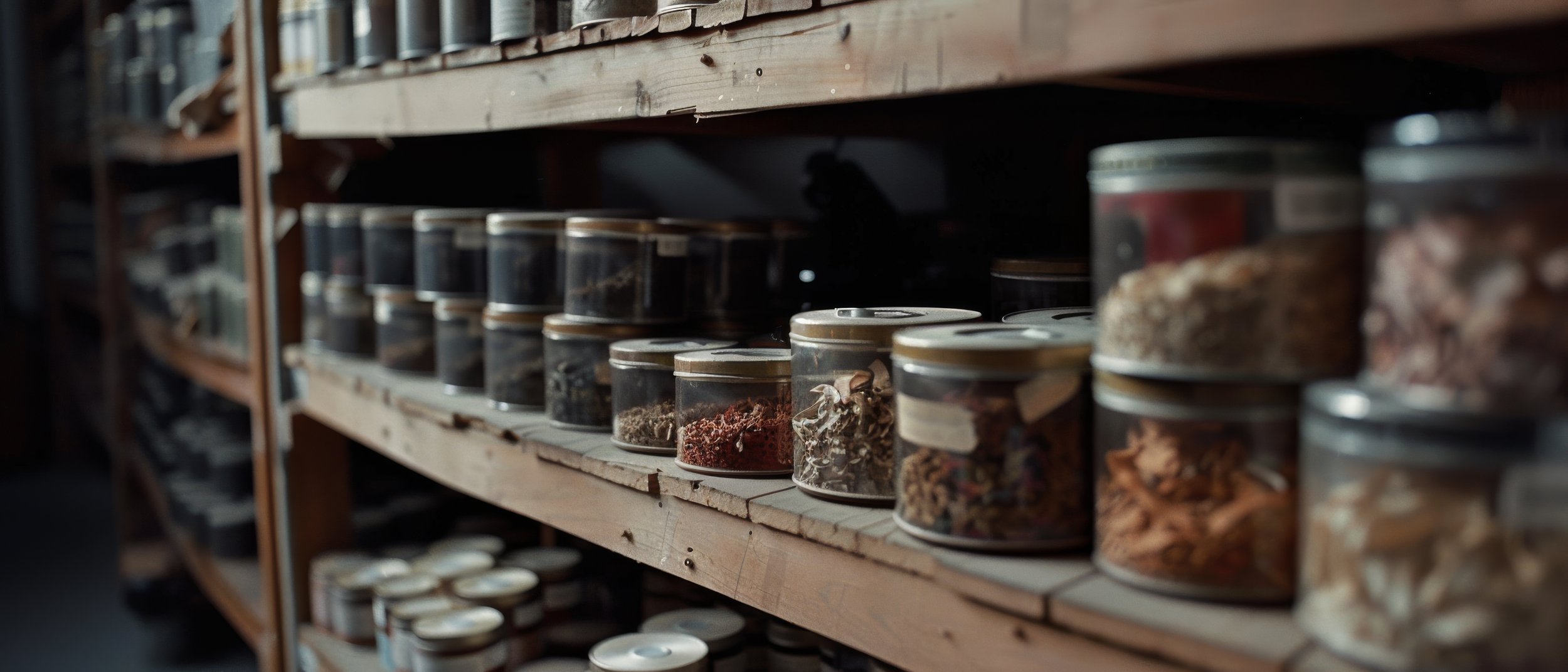








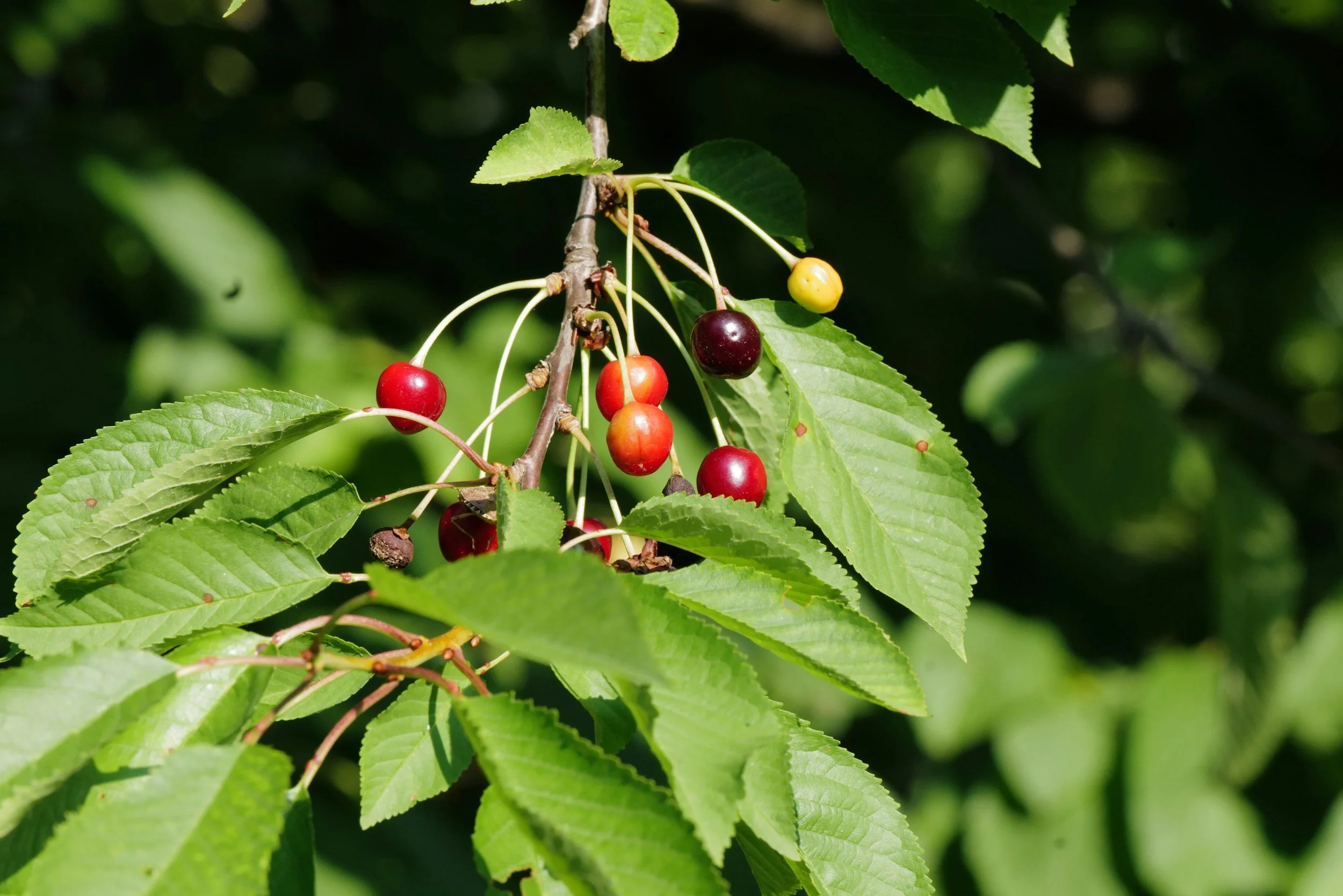
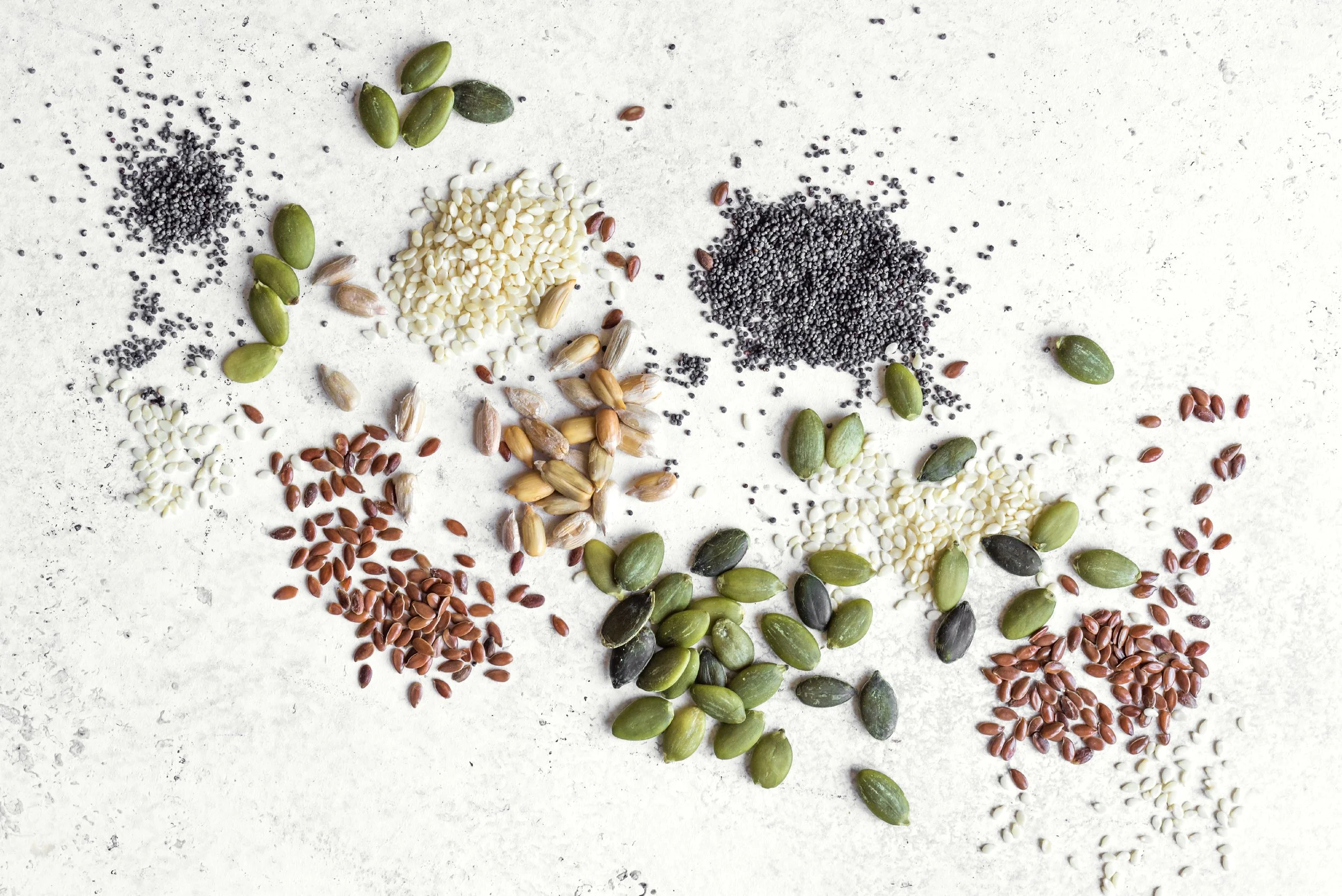
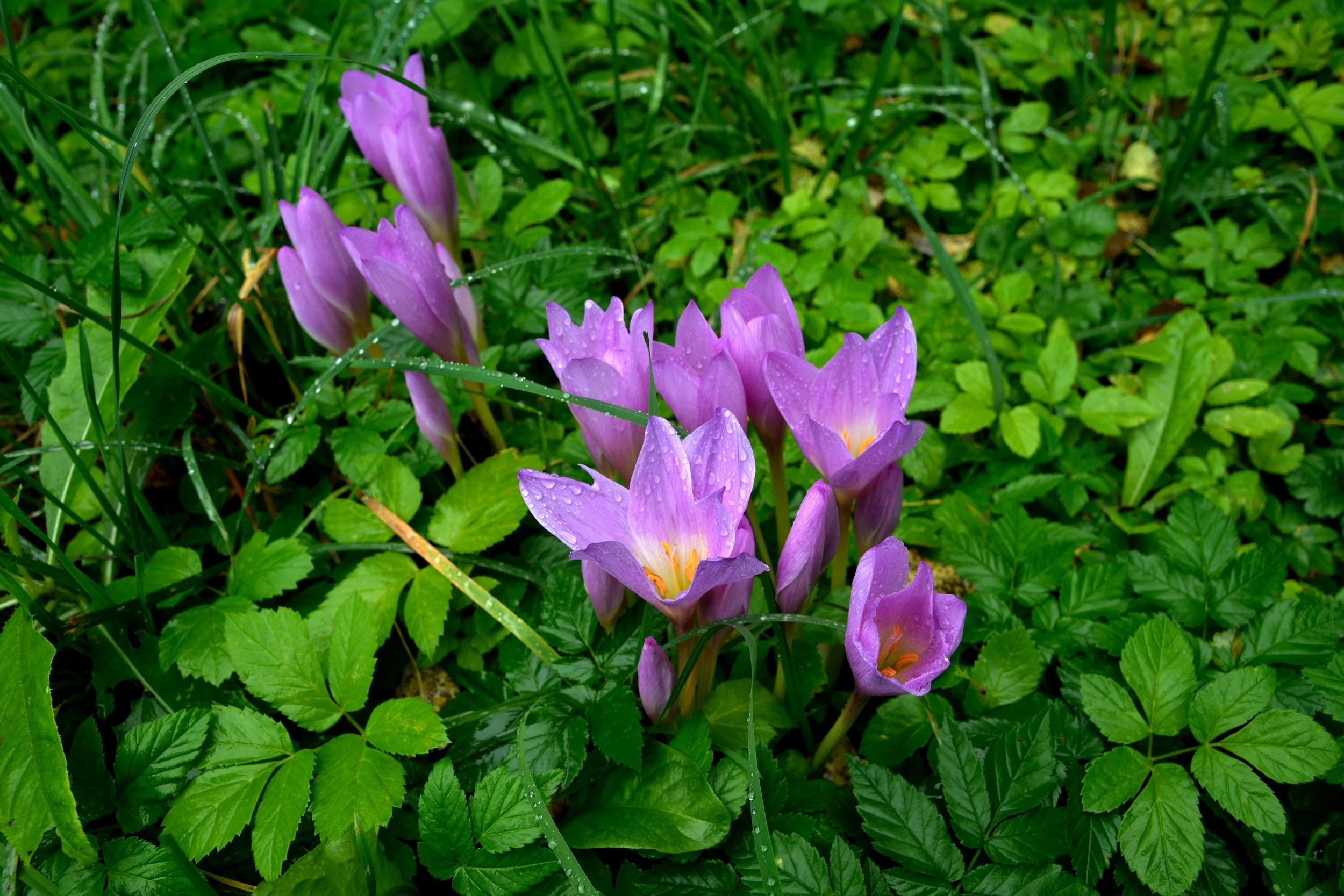

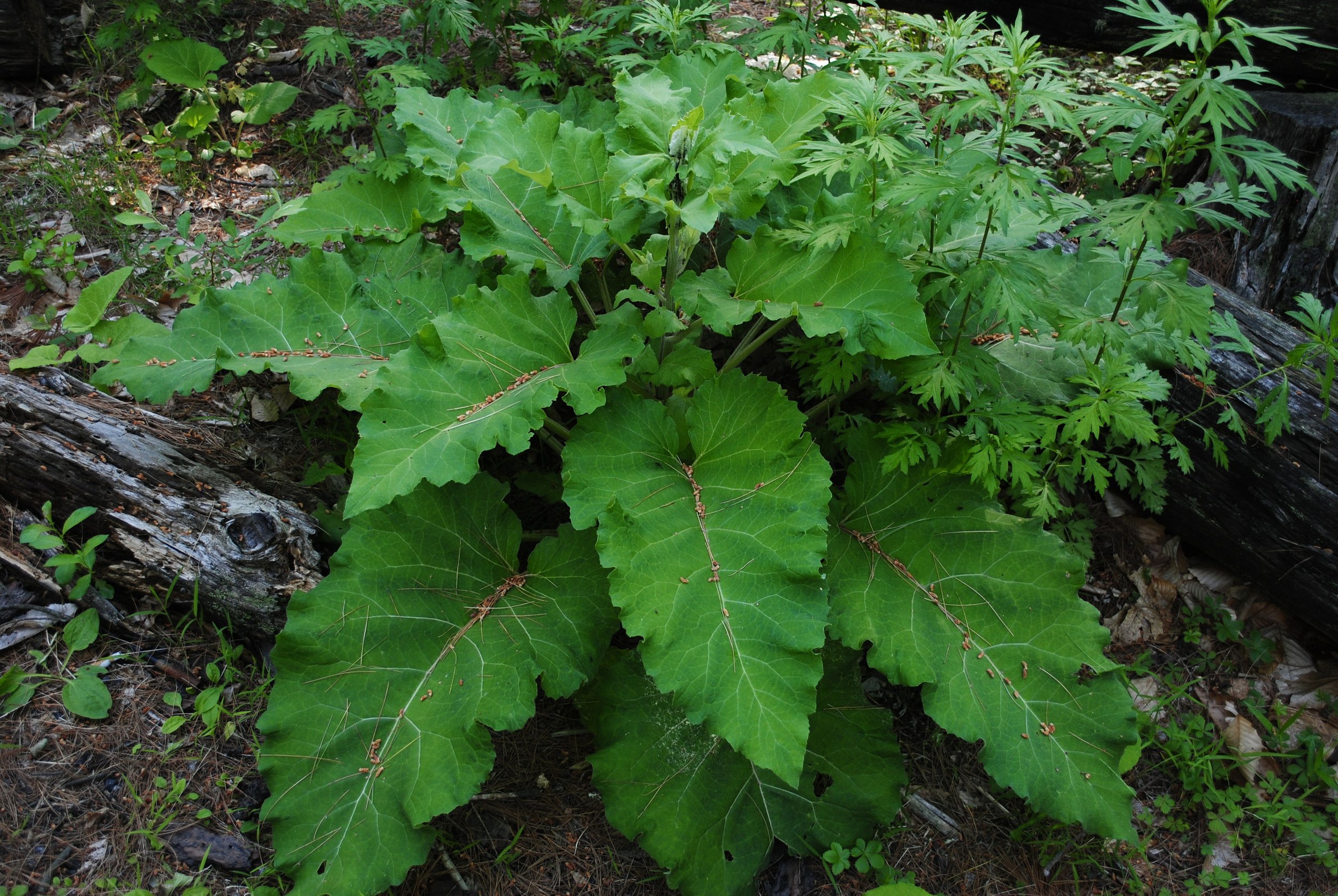
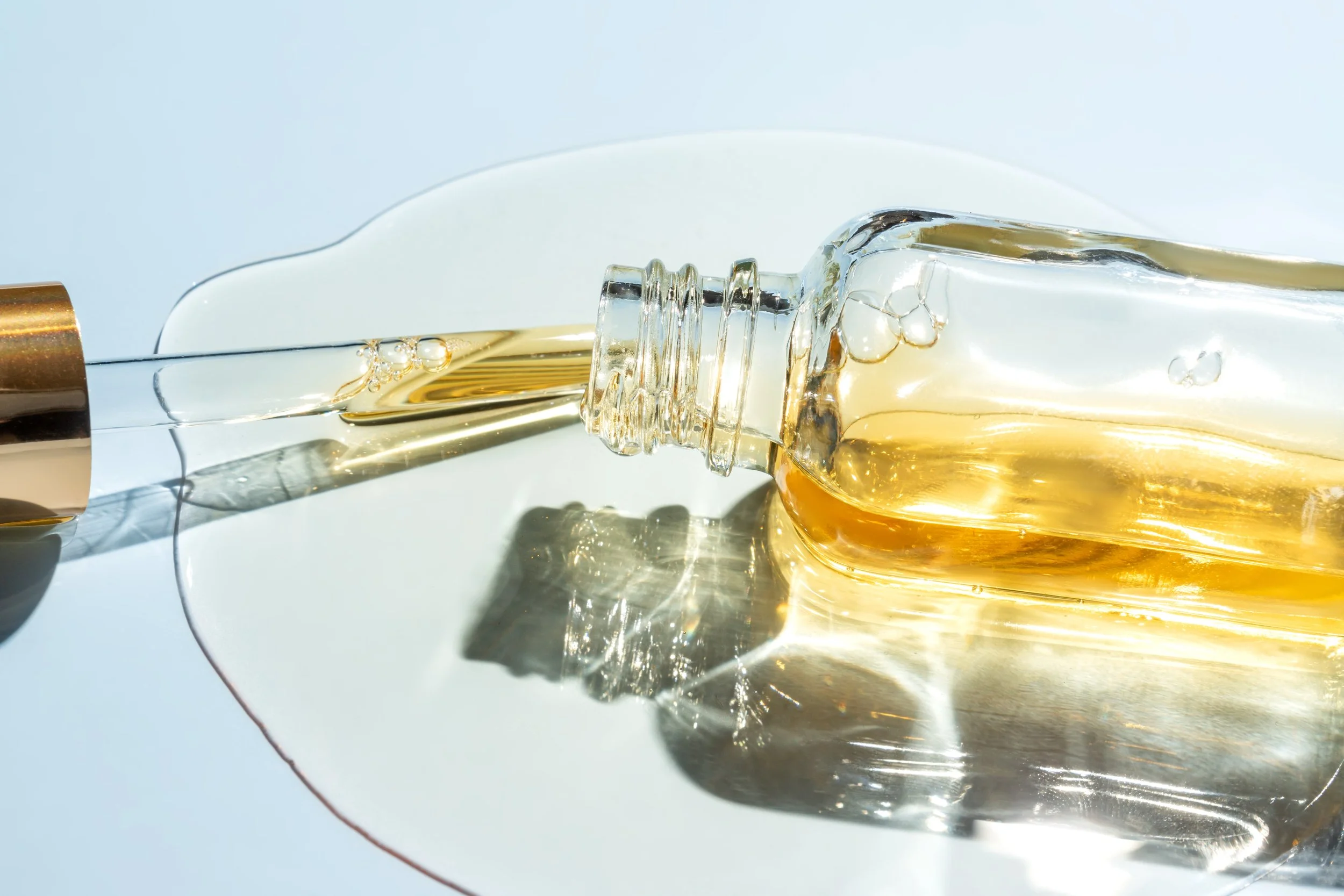
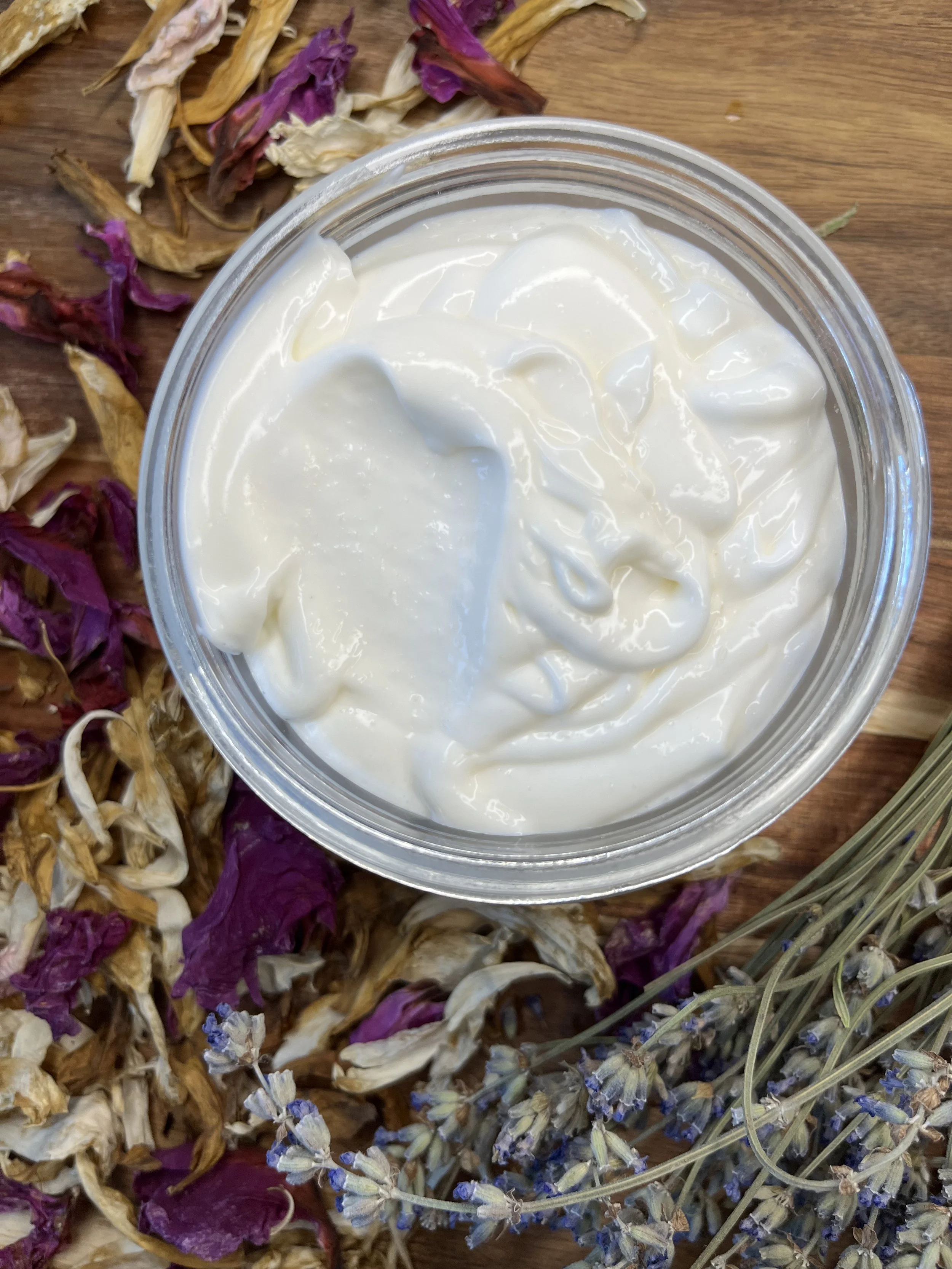
Hello and welcome! I'm Eve, a Chemist turned Herbalist, sharing the wonders of plant medicine and botanical skincare. Join me on this journey to Learn, Create, and Align your Divine!